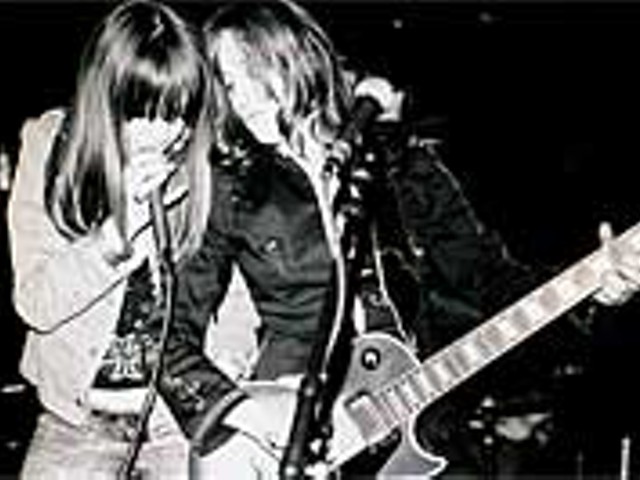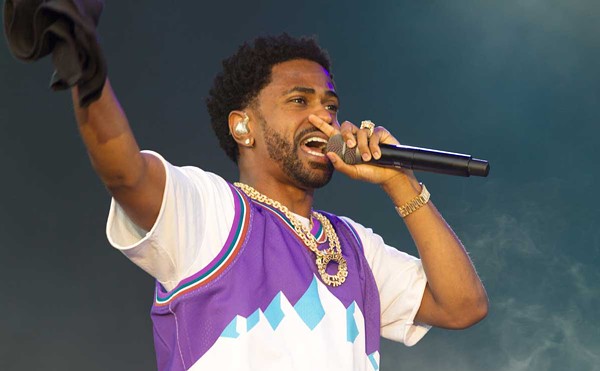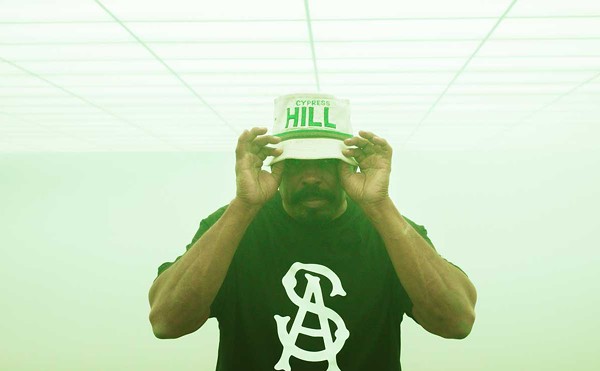When you see Miles Davis’ iconic mug on the cover of a recent issue of The Fader, you’re reminded that, of all the greats in the modern jazz pantheon, the Prince of Darkness now casts the longest shadow. Young artists from John Mayer to DJ Premier are anxious to offer their homages.
From his days as a Charlie Parker acolyte in smoky clubs to his commanding presence in mega-festivals of the rock era to his final bid to embrace hip hop, Miles’ arc was enormous. A decade-plus after his death, reissues, repackaged compilations, previously unreleased material and tributes have yet to abate. The music is as good as ever; the mystique only grows.
These are just some of the recent additions.
’Round About Midnight
(Columbia/Legacy)
Hip types had been on to Miles for years, but his opening salvo on industry giant Columbia announced his arrival to the world in 1957. The lead-off cut is a 5-minute, 40-second master class in musical drama. His trumpet muted, Miles mines the late-night melancholy of Monk’s “’Round Midnight” for his opening solo. Then pianist Red Garland plinks six little notes, and the full quintet lands with a wham-band riff. Bassist Paul Chamber starts a descending run, drummer Philly Joe Jones interrupts with a tart roll, Chamber finishes his run, another full-band blast sounds, and John Coltrane starts into his solo on an entirely different plane. That’s all in the first three minutes. And just as they knew how to make a tune an experience, Miles’ quintet and their Columbia co-conspirators were among the first to figure out how to make an album a start-to-finish whole, sequenced for tension and resolution. But besides the original release, this two-CD set includes four additional tracks from the Midnight lineup (considered Miles’ first great band), six live tracks from the same band (never commercially available until recently) and a live track of Monk and Miles at the 1955 Newport jazz fest, the onstage triumph that landed Miles his Columbia Records contract in the first place. Their tune, naturally, is “’Round Midnight.”
Miles in Berlin
(Columbia/Legacy)
Last year, Columbia released a heavily annotated seven-CD set, Seven Steps: The Complete Columbia Recordings of Miles Davis, 1963-1964. The discs re-enact the creation of Miles’ second great band as Miles tinkers with his combo lineup to reach the magic of Tony Williams on drums, Ron Carter on bass, Herbie Hancock on piano and Wayne Shorter on sax. Columbia has now released five individual titles from the set plus a best-of anthology. The Berlin reissue is the high note of the collection, capturing Shorter on his third gig with his new bandmates. All the promise of this Davis band becomes clear a couple of minutes into “Autumn Leaves” when Hancock swings a chord like a hypnotist’s watch and the soloing Shorter falls into the trance. Five years after Ornette Coleman introduced the notion of “free jazz,” Miles had his response. In keeping with the Miles mystique, there’s no name for it other than to say “Miles’ great band of the ’60s,” or “that group he had with Herbie, Ron, Tony and Wayne.”
Electric Miles: A Different Kind of Blue
(Eagle Eye Media):
But where can you go after a jazz band like that? In a screaming decade like the ’60s? If you’re Miles, you retire from the jazz-band business and pioneer the fusion of jazz and rock. His first full-blown blast of the new style, 1969’s Bitches Brew, became the biggest-selling jazz album of the era and whisked Miles out of jazz clubs to the stages of the biggest rock venues, such as the 1970 Isle of Wight Festival with its record-breaking audience of 600,000. This DVD does a good job of setting up Miles’ transition from jazz to rock, super cool to Superfly, with commentary from Miles band alums (such as Hancock), fans (such as Carlos Santana) and a token detractor (the acerbic Stanley Crouch); we get the flavor of the festival and the times, with Miles sharing the bill with Santana and Joni Mitchell (and directly following Tiny Tim on stage). Available in its entirety for the first time, the uproarious 37-minute set is something between a medley and a jam (with Gary Bartz on sax, Jack DeJohnette on drums, Dave Holland on bass, Airto Moreira on percussion, and the dueling keyboards of Chick Corea and Keith Jarrett). Miles is as bracing as any improviser has ever been. There’s even a moment when, walking offstage, Miles does a little one-hand wave to the crowd, and you wonder whether even the unflappable trumpeter isn’t amazed at what’s transpired.
Upriver
(Cuneiform)
The great ’60s band has legions of followers. (You could argue that Wynton Marsalis spent more years re-examining the band’s legacy than Miles spent creating it.) But something curious happened with Miles’ fusion music. Sidemen like Hancock, Shorter and John McLaughlin peeled off, stripped the music down and, at least commercially, outdid their former leader. Miles churned out more challenging music to dwindling effect, quit the scene entirely for several years and returned for his final career laps with a somewhat more conservative approach. His funk-meets-electric maelstrom era lives on as an underground influence, but it’s being resurrected and celebrated in all its amped-up glory by the group Yo Miles!, which is now releasing its third double-CD. Led by trumpeter Wadada Leo Smith and guitarist Henry Kaiser — from the avant fringes of jazz and rock, respectively and appropriately — the group includes such diverse members and guests as saxophonist Greg Osby, keyboardist Tom Coster (Santana) and drummer Steve Smith (Journey); together they kick out all-new jams in tribute to the era and jammed renditions of classics such as “Bitches Brew” and “On the Corner.” It’s the aural equivalent of the sci-fi movie scene where the computer overheats in a shower of sparks and lightning bolts — all set to the beat of mutating funk.
W.K. Heron is managing editor of Metro Times. Send comments to [email protected].




